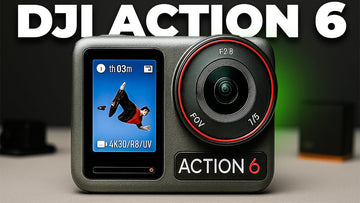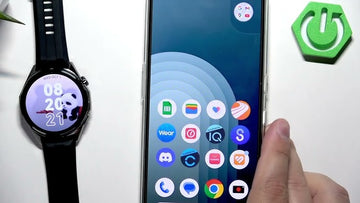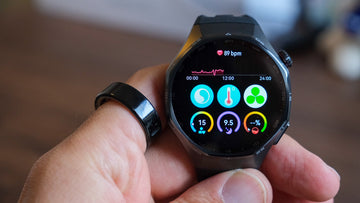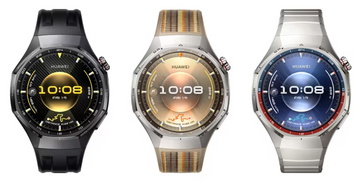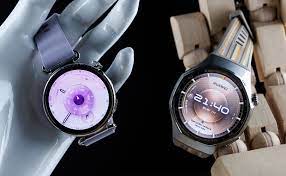As a sports vlogger, my cameras go everywhere with me — strapped to my helmet while skiing, mounted on my motorcycle during long rides, or clipped to my board while skateboarding. For the past year, the DJI Osmo Action 5 Pro has been my go-to camera. It’s rugged, reliable, and shoots sharp 4K120 slow motion that makes my action clips pop.
But like many creators, I’ve had frustrations — especially in low light or at dusk when the footage gets noisy. That’s why I’m hyped for the DJI Osmo Action 6. On paper, this looks like the biggest leap in DJI’s action camera line yet. Let’s break it down.
🆚 Action 5 Pro vs Action 6: Sensor & Low-Light
-
Action 5 Pro: 1/1.3-inch CMOS sensor. Solid in daylight, but struggles at sunrise, twilight, or under tree cover.
-
Action 6: 1-inch CMOS sensor. This is massive. It pulls in more light, adds over 13.5 stops of dynamic range, and delivers clean, cinematic low-light footage.
👉 For sports vloggers, this is the difference between usable footage and throwaway clips when riding trails at dawn or carving slopes at sunset.
🎥 Resolution & Frame Rates
-
Action 5 Pro: 4K up to 120fps, 1080p240 slow motion.
-
Action 6: 8K30, 5.3K60, 4K120, 1080p240.
👉 Realistically, I don’t need 8K for vlogs — but for skiing and skating clips where I want to crop in without losing detail, 8K gives flexibility in editing. And the 4K120 slow motion is still the sweet spot for buttery smooth sports highlights.
🎬 Stabilization
-
Action 5 Pro: RockSteady 3.0 + HorizonSteady.
-
Action 6: RockSteady 4.0 with AI-enhanced HorizonSteady.
👉 When you’re bombing down a mountain or weaving through traffic, keeping the horizon level is everything. AI-driven stabilization should mean fewer warped edges and smoother pans, especially on bumpy rides.
⌚ Smartwatch Integration
Here’s where Action 6 pulls ahead for athletes: Apple Watch and Garmin support.
-
Remote control: Start/stop recording and switch modes from your wrist (perfect when gloved up on a snowboard).
-
Data overlays: Heart rate, speed, GPS path, altitude, and even cycling cadence or dive depth (Garmin-specific).
👉 For sports vloggers, this adds authentic context — not just showing the action but the data behind it.
🔋 Battery & Storage
-
Action 5 Pro: 1950mAh battery, 64GB internal storage (47GB usable).
-
Action 6: Same 1950mAh battery, 47–64GB internal storage, microSD expansion.
👉 No big upgrade here. For long ski sessions or full-day motorcycle rides, I’ll still be packing spare batteries. The Nano beats them both with a 128GB option, but Action 6’s performance makes up for it.
🏆 Verdict: Worth the Upgrade?
If you’re a sports vlogger, the Action 6 is a game-changer.
-
Skiing at dusk? No more noisy shadows.
-
Skateboarding at night? Dynamic range saves your highlights.
-
Motorcycle rides? RockSteady 4.0 keeps horizons locked.
-
And with smartwatch control + data overlays, your audience doesn’t just see the action — they feel it.
The Action 5 Pro is still excellent, but the Action 6 finally solves the biggest pain points for creators who live on the edge.
🎥 Final Thoughts
The DJI Action 5 Pro was the best action camera of its time. The Action 6 looks like the future — with a 1-inch sensor, pro-level resolutions, and features designed for athletes and vloggers. For me, this feels less like an upgrade and more like a reset.
💬 Sports vloggers, what’s your move? Stick with the Action 5 Pro or make the jump to the Action 6?
📌 Hashtags
#DJIAction6 #Action6vsAction5 #SportsVlogger #SkiVlog #MotorcycleVlog #SkateboardingLife #ActionCam2025 #AdventureFilmmaking #ExtremeSportsTech #SpeedyDroneCanada


